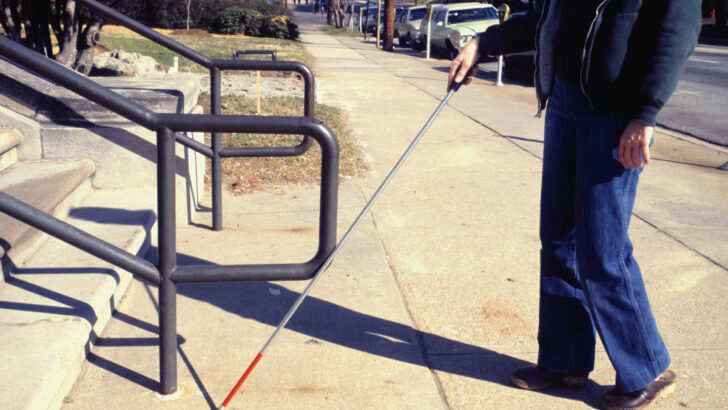Today, October 10, is World Sight Day. This year, this important international day focuses the world’s attention on the importance of eye care in young people and inspiring children everywhere to love their eyes.
World Sight Day is an opportunity to highlight the importance of protecting our eyes and vision, raise awareness of vision impairment and blindness, and promote eye and vision care. This year, a particular emphasis is placed on child eye health.
Why is children’s eye-health so important? Simply because the early years offers the greatest chance of identifying and correcting eye-health issues that are preventable, while at the same timing being the years where irreversible damage may be done to the eyes that cannot be rectified in later years.
Children’s eyes learn to see, to process imagery. A newborn baby can see, but they are still forming connections between their retina and their brain. Without proper treatment, paediatric cataracts can cause abnormal connections between the brain and the eye that may become irreversible.
The good news is cataracts are often discovered during the eye screening at birth, or at subsequent paediatric vision screenings.
Important
This is why looking after your child’s eye health is so hugely important. While uncorrected vision impairment may impact education and social inclusion, simple solutions such as spectacles can make a world of difference.
Restoring a person’s sight with a pair of spectacles or with cataract surgery is among the most cost–effective health interventions. Yet even in Europe on average less than 40% of those who would benefit from cataract surgery have received it and achieved good outcomes as a result.
It has been almost impossible for infants and toddlers outside the main urban centres to have simple eye-screening to identify preventable eye-illnesses such as cataracts”
Imagine what the situation may be like in areas outside Europe where the health systems and services are not as developed as they are here? We are extremely fortunate to live where we live and in the time that we live. Never have the opportunities to prevent childhood eye-health problems been so great.
Yet, there are billions of children around the world who do not have access to the necessary healthcare.
At Christian Blind Mission Ireland, we are attempting to address this gap. With funding from Electric Aid, in partnership with the Arclight Project, this year we started a programme of infant eye-screening for preventable blindness in the rural regions of Madagascar.
Shortage
Because there is a shortage of high-spec technical equipment, a shortage of qualified ophthalmologists and optometrists, because eye-clinics are not decentralised, it has been almost impossible for infants and toddlers outside the main urban centres to have simple eye-screening to identify preventable eye-illnesses such as cataracts.
Because of this, many, many children are losing their sight unnecessarily, and at a time when it is impossible to reverse. Our project brings a very low-cost piece of equipment to community health workers in rural areas.
Parents may not have the money even for the transport to a national hospital where the operation can be carried out”
What is the Arclight: it is a pocket-sized all-in-one ophthalmoscope-loupe-otoscope for the 21st century. Because there is no need for replacing blown bulbs, no worrying if the battery is dead – it is ideal for low resource countries. It is easy to operate so avoids dependency on highly qualified health professionals.
It is portable – it can be carried in a shirt pocket or around the neck, and because it is tough, it isn’t at risk of breakage like standard eye-care equipment.
It can be charged using solar power, so particularly useful for African setting and the charge lasts for a full day and it is powered with a USB port so can be charged directly from a laptop or in a car if needed.
Intervention
This small intervention, alongside a training programme for rural health workers, could make all the difference to a young child, if it means a cataract is spotted early enough to ensure that an infant or toddler can be referred to a specialist and receive the necessary surgical care.
At the same time, parents may not have the money even for the transport to a national hospital where the operation can be carried out, and the hospital, in the absence of state funding, cannot offer surgery for free.
This means that the next step in the process often requires CBM Ireland to provide financial support to families once their baby has been identified as needing a surgical intervention. Coming from Ireland, the amounts needed are small.
When living in Madagascar, where the average annual salary is less then the monthly minimum wage in Ireland, such extra – and unforeseen – costs are simply not affordable for a family. Often it is a Hobson’s choice between sight-saving eye surgery and putting food on the table.
*
Dualta Roughneen is the CEO of CBM Ireland, an international disability rights organisation, committed to improving the quality of life of people with disabilities and those at risk of disability, in low-income regions of the world.


